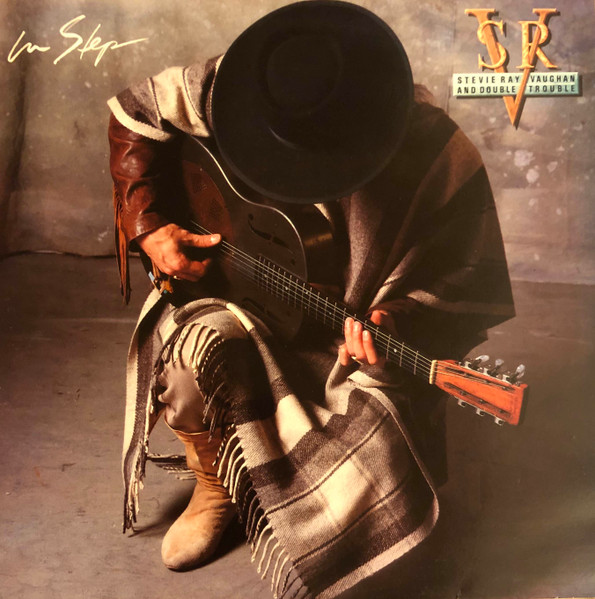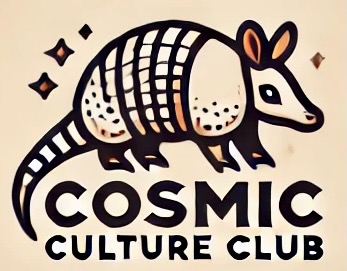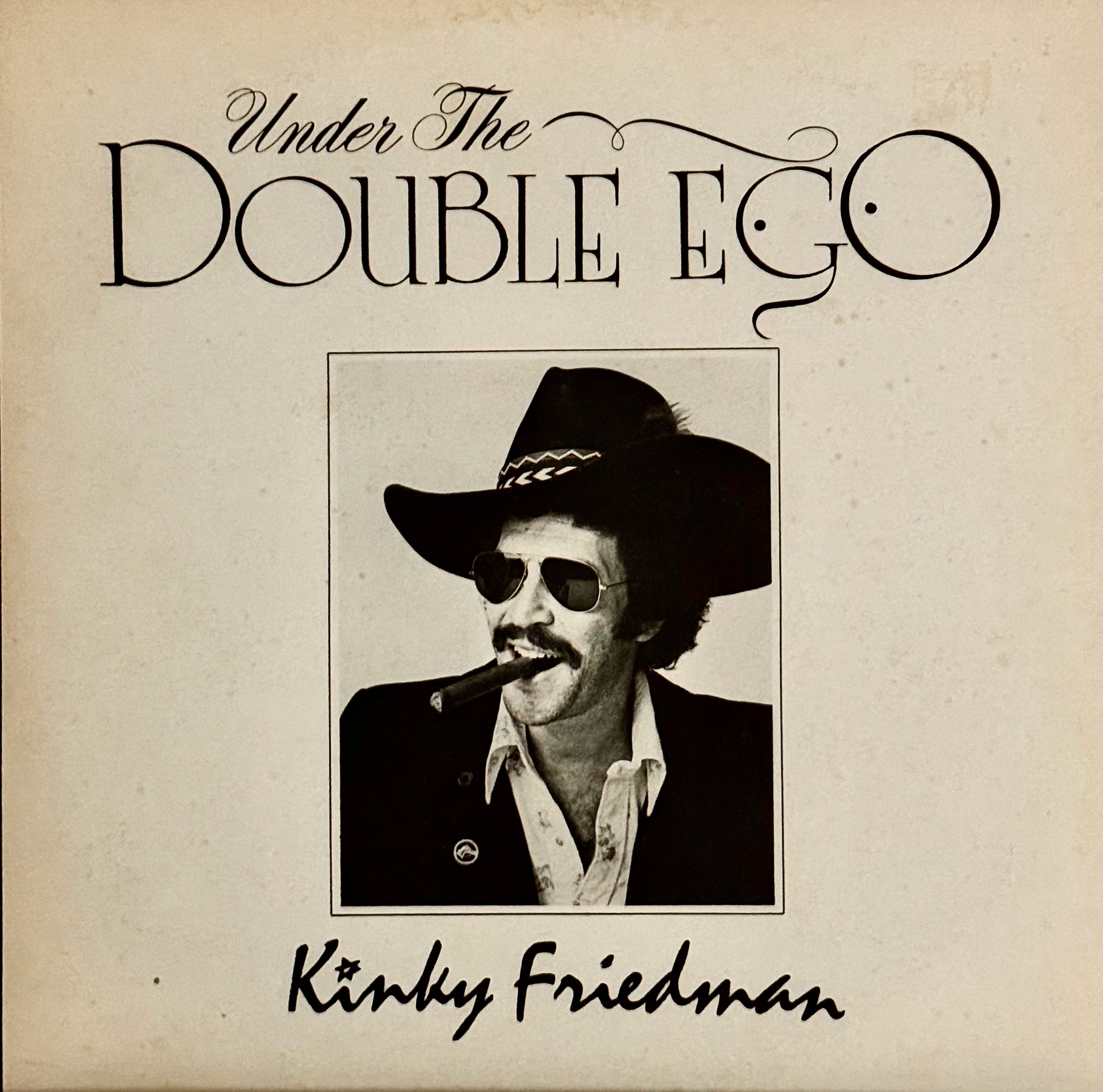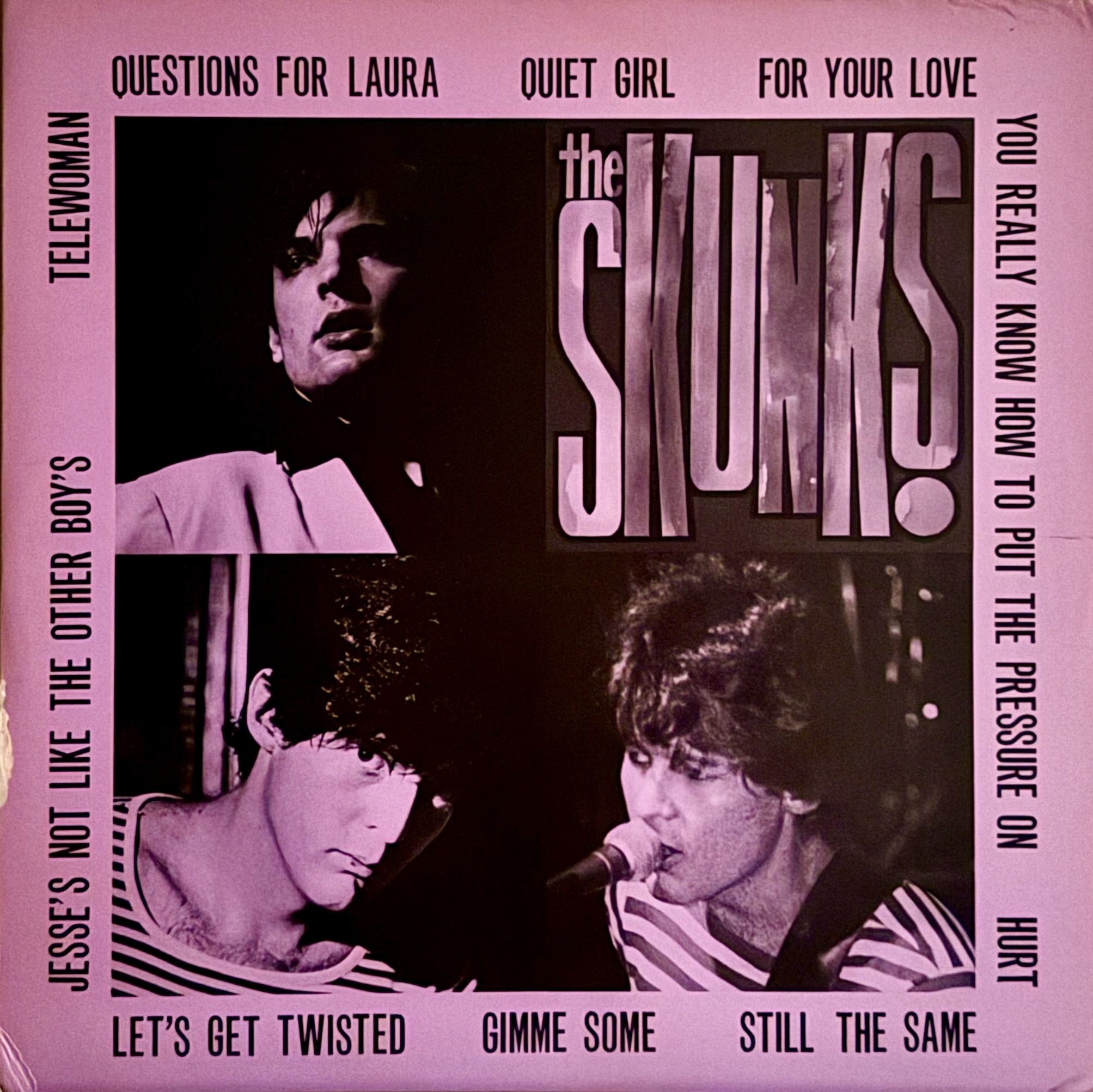Stevie Ray Vaughan
Album: In Step
Released: 1989
Stevie Ray Vaughan is the figurehead opposite Willie Nelson in the dichotomy of Austin music, with both men serving as symbolic leaders of their respective scenes. Vaughan has a statue that stands vigil on the shores of Lady Bird Lake, near where he played his last show in Austin, while Willie’s monument sits at the entrance to the ACL Live theater less than a mile away. They both achieved a level of success that blazed a trail for their contemporaries and put local music on a national stage.

“In Step” is an example of that national recognition. The album won a Grammy award and sold over two million copies. It’s a timeless album that triumphed over the inopportune era of its release. At the time, synthesizers still ruled the airwaves. New Kids on the Block, Debbie Gibson, and Milli Vanilli all charted number one albums that year. By the time SRV hoisted the Grammy award for Best Contemporary Blues Album, people were doing the hammer dance to the most popular song on pop radio.
There weren’t a lot of classic blues licks making their way to mainstream America, but SRV didn’t care. He pulled his trademark hat low on his brow and unleashed his signature style on the world. The album marked a vigorous return to the studio after a four-year hiatus for a newly sober and focused Vaughan, but tragically, it was the last album released during his lifetime.

SRV left the world too early, but he left on a high note. In the months following the release of “In Step,” he was anointed “Musician of the Decade” at the Austin Music Awards, won the aforementioned Grammy, and went back into the studio to finally record an album with his brother Jimmie. In his book, Ray Benson describes a jam session with Vaughan. He says most people take the lead and play until they run out of ideas, but Stevie just never stopped playing. It was like he knew he had a limited number of days and needed to fit in every note he could. There is an impressive collection of notes on this penultimate recording.

The N/A Michelada
The Michelada is a traditional beer based cocktail akin to the Bloody Maria, but with a Mexican twist. It’s spicy, zesty, and refreshing. The recipe usually calls for a light Mexican lager, like a Tecate, but here we are ditching the alcohol. The drink is just as refreshing using a non-alcoholic brew and transforms it into something that is socially acceptable drink at breakfast on a Tuesday. If you are looking for a bump of alcohol, just swap in a Mexican beer and you are set. For this recipe we use Lagunitas Hoppy Refresher. It’s in the name, it provides the refreshment and the hops you want.
Ingredients
- 12 oz Lagunitas Hoppy Refresher (or Mexican light beer of choice)
- 4 oz Tomato Juice
- 2 oz Fresh Lime Juice
- Lee & Perrins Worcestershire
- Tabasco, or Hot Sauce of Choice
- Coarse salt
Directions
- Salt the rim of a pint glass.
- Combine the tomato and lime juice in glass.
- Add 2-3 dashes Lee & Perrins.
- Add 3-5 dashes of hot sauce.
- Fill glass with ice.
- Fill with hoppy refresher. (There will be more in the bottle than will fit in the glass, continue to top off the glass as you drink it down.)









